
Electricity: The hydropower plants of tomorrow will deliver much more power
For more than a century, hydropower plants have been the backbone of the Norwegian energy system and are built to generate electricity consistently throughout the year. Many of the power plants are now being upgraded to be able to deliver much more electricity over a shorter period, or to put it another way, to increase capacity. Why is the time factor so important?
Most of Norway’s hydropower production is regulated. The power plants are powered by water from large reservoirs, and electricity production can be adjusted up and down as needed by adjusting the amount of water released through the turbines. In addition, Norwegian run-of-river power plants are powered by the water flow available in the rivers.
Until now, hydropower has largely been sufficient to cover electricity demand in the Norwegian market throughout most of the year, supported by power exchange with the nearest neighbouring countries.
This will not be sufficient in the future; Norway needs more renewable energy for, among other things, electrification of the transport sector, power for new industry, and for possible electrification of the oil platforms in the North Sea.
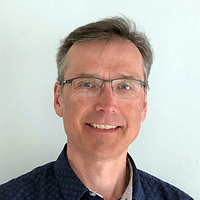
Jan Petter Haugli
Jan Petter Haugli is head of the unit that works on electromechanical issues within power generation in Statkraft's Nordic business area.
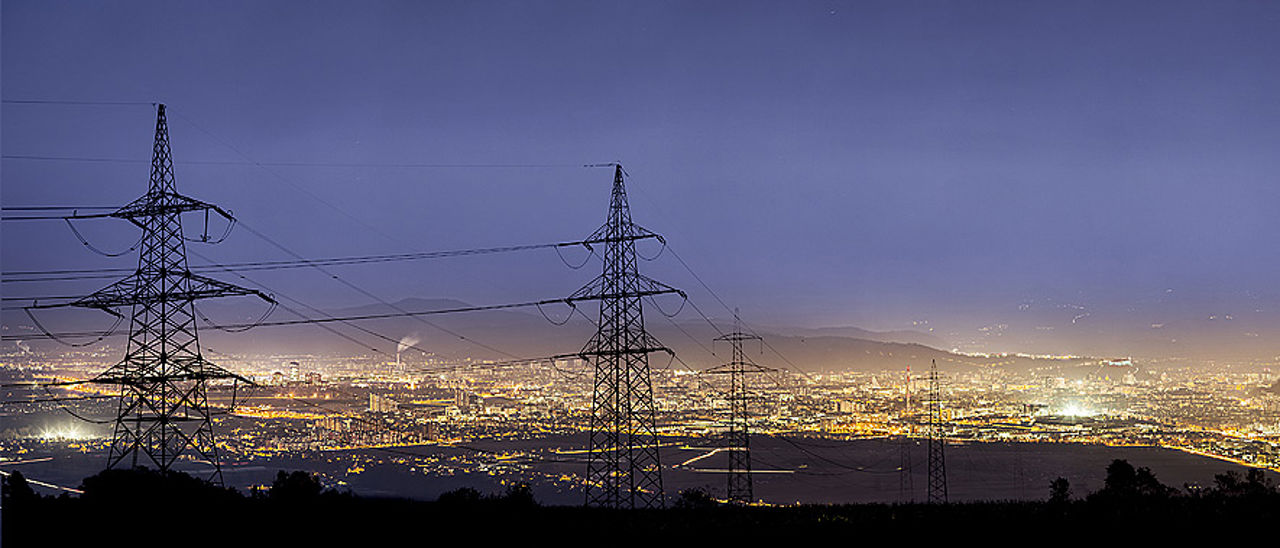
Modern society requires a lot of electricity. How can renewable energy sources such as sun, wind and water be best utilized and efficiently coordinated to meet the needs of the future?
"Most renewable energy in the future will come from wind and sun, which will mean much more weather-dependent and variable power production than we've been used to in Norway," says Jan Petter Haugli, head of Electro in Statkraft's Nordic business area.
"In a power system there must be a balance between production and consumption. Power producers must be able to supply power according to the needs of consumers and businesses. With much more variable energy in the power system, a mismatch between supply and demand can more easily occur. Then we need something that can maintain the balance and ensure sufficient power when the wind doesn’t blow or the sun doesn’t shine. In other countries this may be gas or nuclear power plants, but in Norway it is hydropower plants that are the key.

More power
The goal is therefore to dramatically change the way in which some hydropower plants are operated. The task is no longer to deliver steady production, but to serve more as a reserve source when, for example, there is a need for increased power, also called capacity, at the hydropower plants.
Put simply, power is a measure of the amount of energy produced per unit of time. Most hydropower plants today are designed to produce a given amount of power throughout the year, measured in megawatts (MW). If a power plant is to increase its power, it must go through some form of upgrading or rehabilitation.
"Power upgrading isn't just about delivering more energy, but about being able to quickly vary the delivered power over a shorter period of time. In practice, this will often mean that power plants are rebuilt so they can be stopped and started more often and faster," says Haugli.
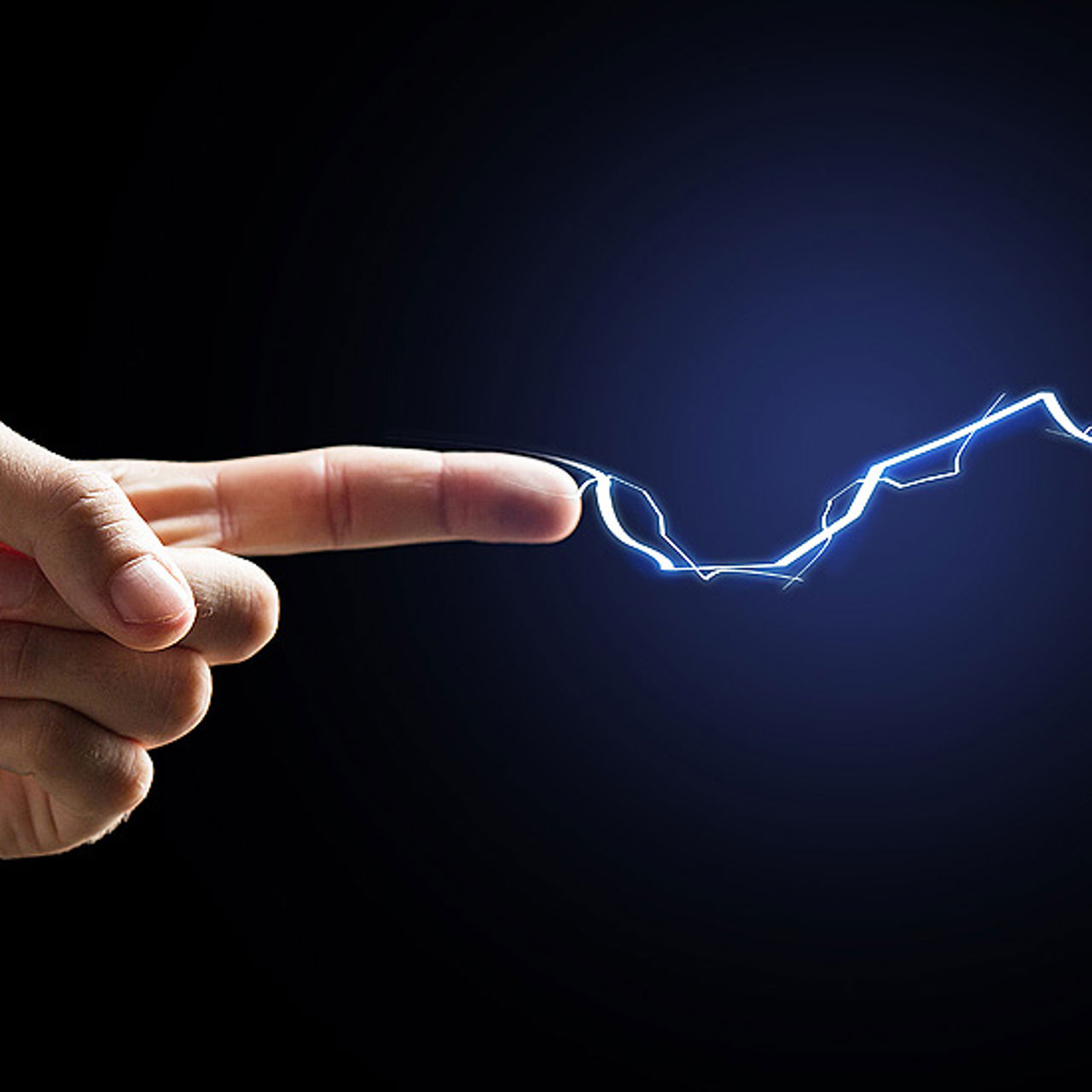
What is power?
-
Power is a measure of delivered energy per unit of time. It is also called capacity. Electrical power is measured in watts.
-
In a hydroelectric power plant, installed capacity is the maximum output of the turbines or generators in the plant.
-
Turbine technology, generators and height of fall are decisive for how much power a power plant can deliver.
-
The total installed capacity in Norwegian hydropower plants was 33 403 MW in 2022.
Source: Store norske leksikon
Obstacles reducing power
How can we increase the installed capacity in a hydropower plant?
The amount of water, size of the turbine and height of fall can all affect the power produced, but what can be done to improve these factors will vary from one power plant to the next. Some power plants can increase their power output using relatively simple interventions, while others require more extensive rehabilitation.
The height of fall, that is the height difference between the intake in the reservoir and the turbine, determines the water pressure and is one key factor. Some old power plants have water tunnels that are blasted through bedrock and have projections and rocks that slow down the water. When the water loses speed, the water pressure drops on the way down to the turbine, and the actual power is less than the height of fall would indicate.
"In these cases, it's possible to increase the power somewhat by removing obstacles and bottlenecks in the tunnel," says Haugli.
"Another possibility is to drill new and larger tunnels that let more water through and thus allow installation of larger turbines, but this is a more expensive solution. Evaluating the investment involves a trade-off between cost and benefit."
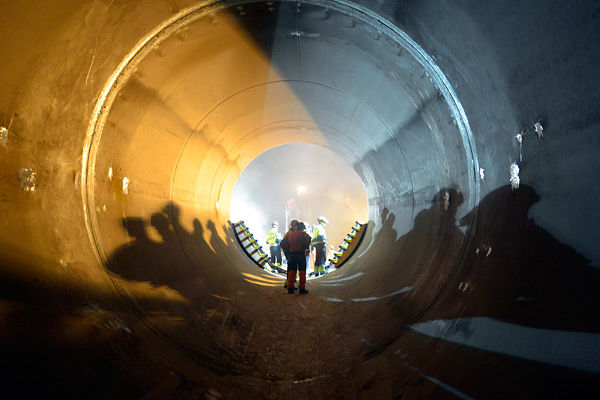
Pumped-storage power plants
Many hydropower plants draw water from a system of small and large reservoirs at different elevations above sea level. In order to increase capacity and readiness for hydropeaking, it is possible to pump water from a lower reservoir to a higher one when the level in the reservoirs drops.
Intuitively, this does not seem to make sense, because the energy account becomes negative; it costs more energy to pump the water back into the reservoir than what you get back when you produce. All the same, it can still pay off economically because demand and prices change.
"In periods when electricity prices and demand are both low, you can choose to run the power plant and use the electricity to pump water from a lower reservoir to a higher reservoir, or from the outlet of the power plant and back up into a reservoir," says Haugli.
"It's also possible to use surplus power from wind power production for this type of pumping on windy days when the demand for power is low. In this way, the hydropower plant becomes an energy store. When demand increases, perhaps because the wind subsides, you have reserves in the reservoir that can be used for production."

Redesign for power
When old power plants undergo routine maintenance, it will become more relevant in the future to rebuild them for increased power.
"Let's say you have a power plant with four turbines of the same size. If you reduce to two, a large turbine and a smaller one, the smaller turbine can be used to ensure minimum production, among other things to maintain minimum rate of water flow, and then you can produce with the large turbine when you need maximum power," says Haugli.
An example of such a rehabilitation is Nedre Røssåga hydropower plant in Nordland County, which Statkraft rebuilt from six small turbines to three small and one large. The rehabilitation led to an increase in the installed capacity from 260 to 358 MW.
Haugli believes that in future upgrades of Norwegian hydropower plants, more emphasis will be placed on plant design to achieve more power instead of focusing on increased production alone.
"In a power system that has a large element of variable renewable energy, the value of increased capacity will probably be more important than a possible upgrade for increased production," he says.
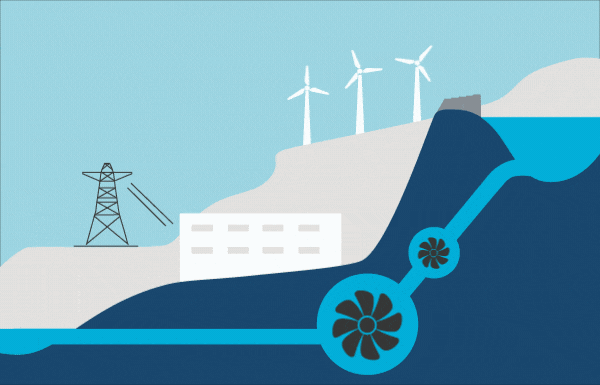
Speed is important
A lot of variable renewable energy in the power system will therefore increase the need for rapid power adjustments. The same applies to power systems with a large proportion of "slow" thermal power plants such as coal-fired power plants and nuclear power plants.
"Adjustable hydropower is the fastest we have today, but it still takes several minutes to switch a hydropower plant off or on. It will become more and more demanding for hydropower to adjust the power up and down quickly enough, but we're working with research environments and suppliers to design power plants that will be able to meet these needs in the future," says Jan Petter Haugli.
Statkraft participates in, among other things, research projects that will improve turbines so that they can withstand being stopped and started more frequently and more rapidly.
"We’re also testing the operation of turbines at low load. Then we don't have to stop and start the turbine completely, but can increase the power very quickly, perhaps down to seconds," says Haugli.
In addition to a modernisation of turbine technology, it is also possible to combine hydropeaking with various forms of battery solutions or "power banks" that can deliver a lot of power quickly.
"It’s all about creating flexibility," says Haugli. "The developments we are experiencing, with increasingly large elements of non-adjustable power, are tightening plant design requirements. That’s why we don't rebuild power plants just to meet today's requirements; we try to think long-term and prepare for future requirements."
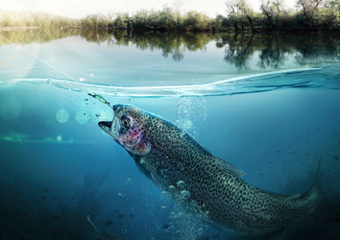
Hydropower: Improving conditions for fish
Hydropower is renewable and flexible, and provides stable and secure energy from local resources. But all power development affects the environment, and power plants and dams can impact fish life in...
Read more
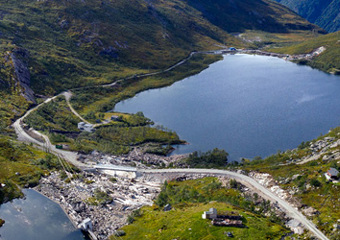
Environmental measures in hydropower plants: Restoring nature
All hydropower plants impact the surrounding landscape with roads, dams, penstocks and power lines. In Høyanger, the mountain landscape will be restored to remove the traces of both old power plants a...
Read more

Renewable: New turbine technology will make hydropower more flexible
Most hydropower turbines should not run below 60% power production capacity. Failure to do so may damage the turbines. Statkraft is participating in two international research projects that will...
Read more
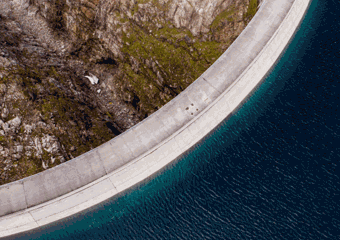
Hydropower: Flood control
Climate change leads to more extreme weather with large amounts of precipitation over a short period. Sudden floods can cause major damage, but hydropower reservoirs can play an important role in...
Read more

Maintenance: Ensures eternal life for hydropower
Good maintenance can ensure almost eternal access to clean, renewable energy from Norwegian hydropower plants. Many of the major power plants were built in the 1960s and are now facing necessary moder...
Read more
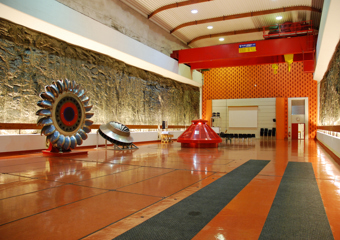
Machine learning: Teaching power plants to speak
The hydropower plants in Norway are getting older. This means costly maintenance and large reinvestments. What if the power plants could tell us what they needed and when?
Read more

Hydropower: Safe energy in all weather
Record cold winters, dry summers and spring floods in the autumn. What does hydropower's flexibility mean in the age of extreme weather? The CEO of Statkraft explains.
Read more
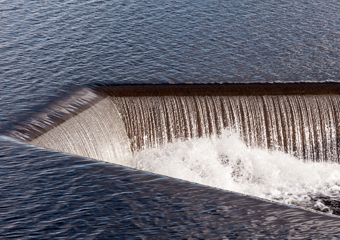
Mythbusting: "Power companies are only concerned with profit!"
Owners of solar and wind power plants produce energy when the sun shines and the wind blows – regardless of price and demand. Hydropower companies with large reservoirs can control production to a...
Read more

Energy production: Hydropower has a unique value
Sun and wind are the renewable energy sources growing at the fastest rate, but they depend on the sun shining and the wind blowing. Flexible hydropower is the only renewable energy source that can...
Read more

Analyzing weather forecasts
“It’s exciting to get up every day and check whether yesterday’s weather forecast was correct,” says Vidar Fossøy, head of section at Statkraft’s regional office in Gaupne, Norway. He has an...
Read more

We‘re lucky to have water
Hydrologist at Statkraft, mother of five, deputy mayor and operator of a small farm. Sigrid Bojesen Fatnes is happy with every single drop of rain that falls from the sky.
Read more
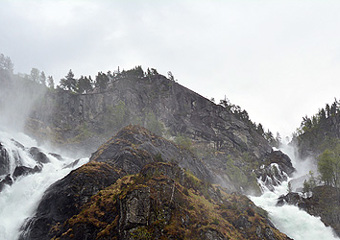
Hydropower as a flood defence system
Extreme weather with torrential rain and devastating floods is one of the consequences of climate change and global warming. Examples from Norway show that hydropower plants can help reduce flood...
Read more
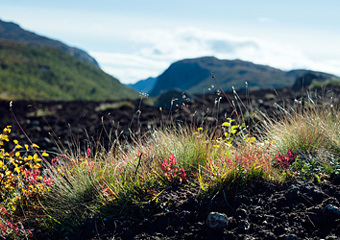
Nature's own bandage
In the high mountains in Upper Telemark in Norway, large machines move small patches of soil containing peat and grass. Then nature takes over and does the rest of the work itself. It is called revege...
Read more